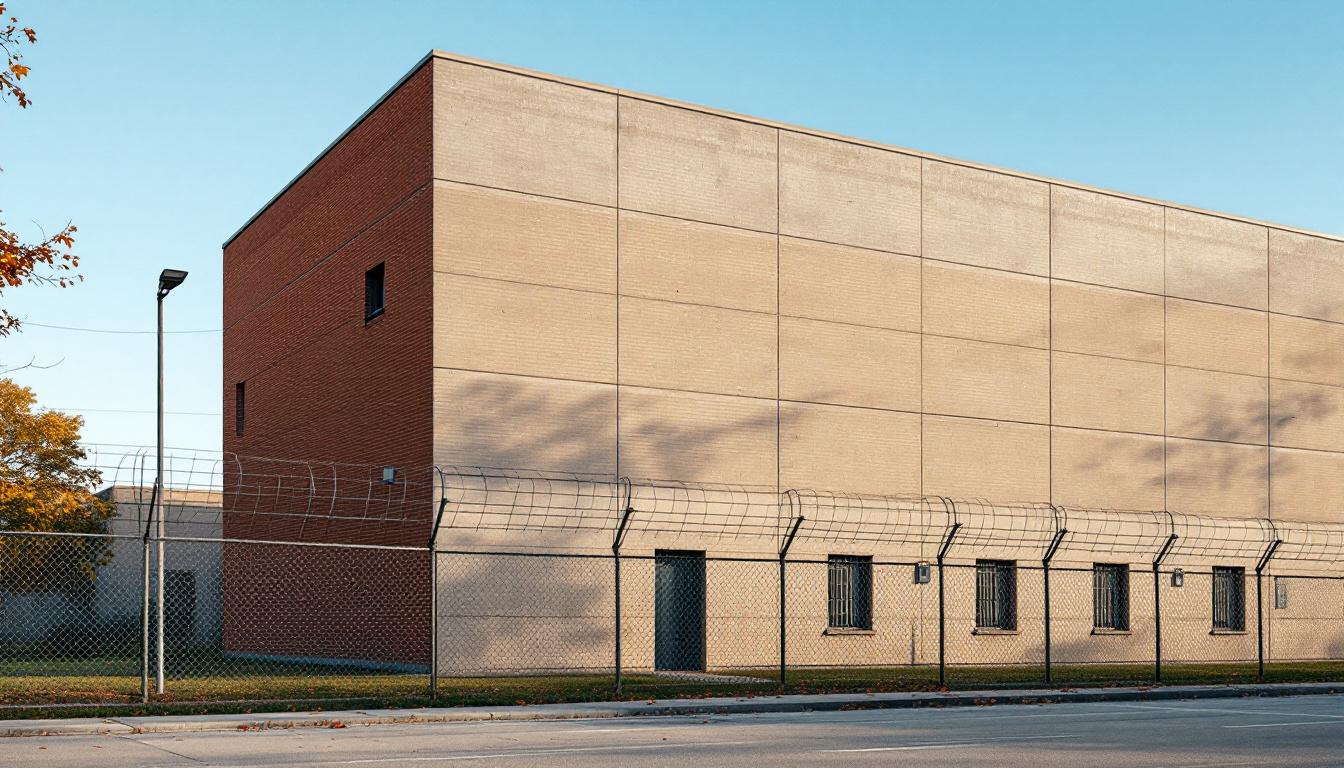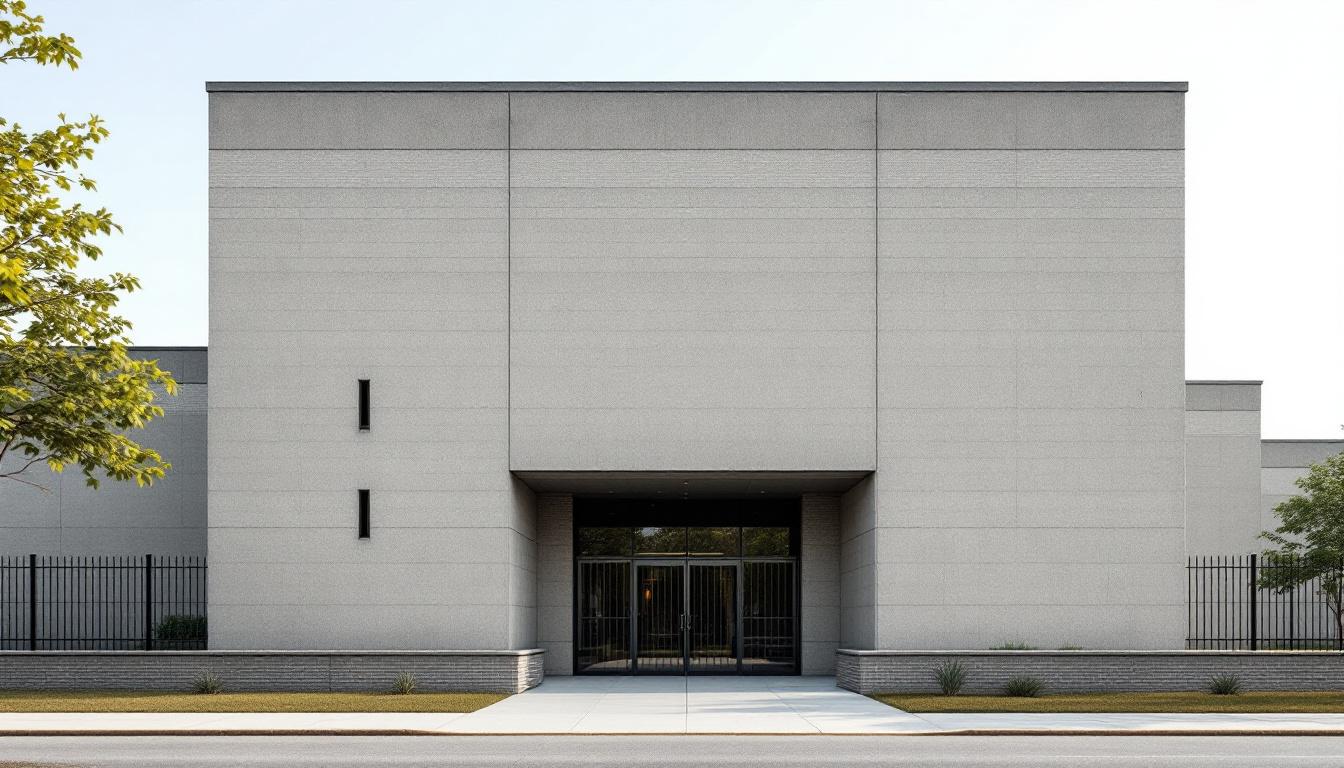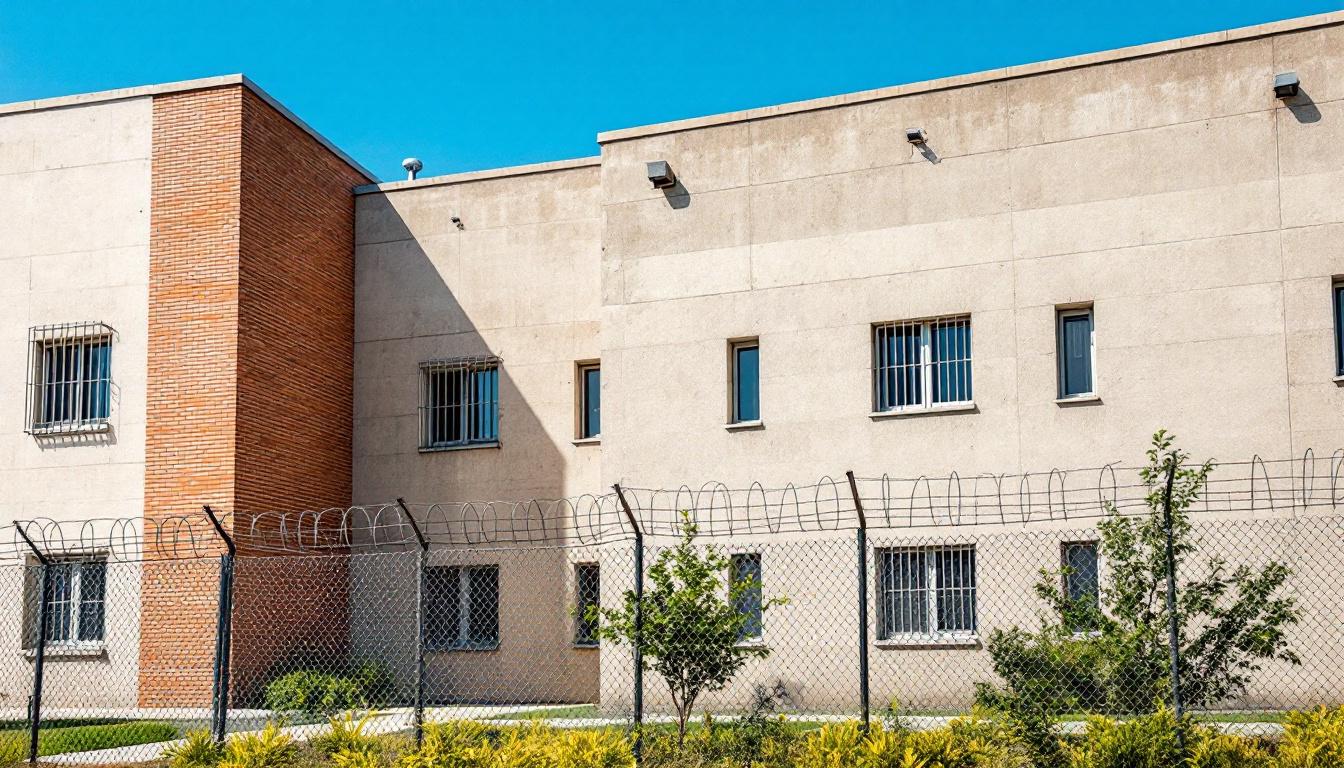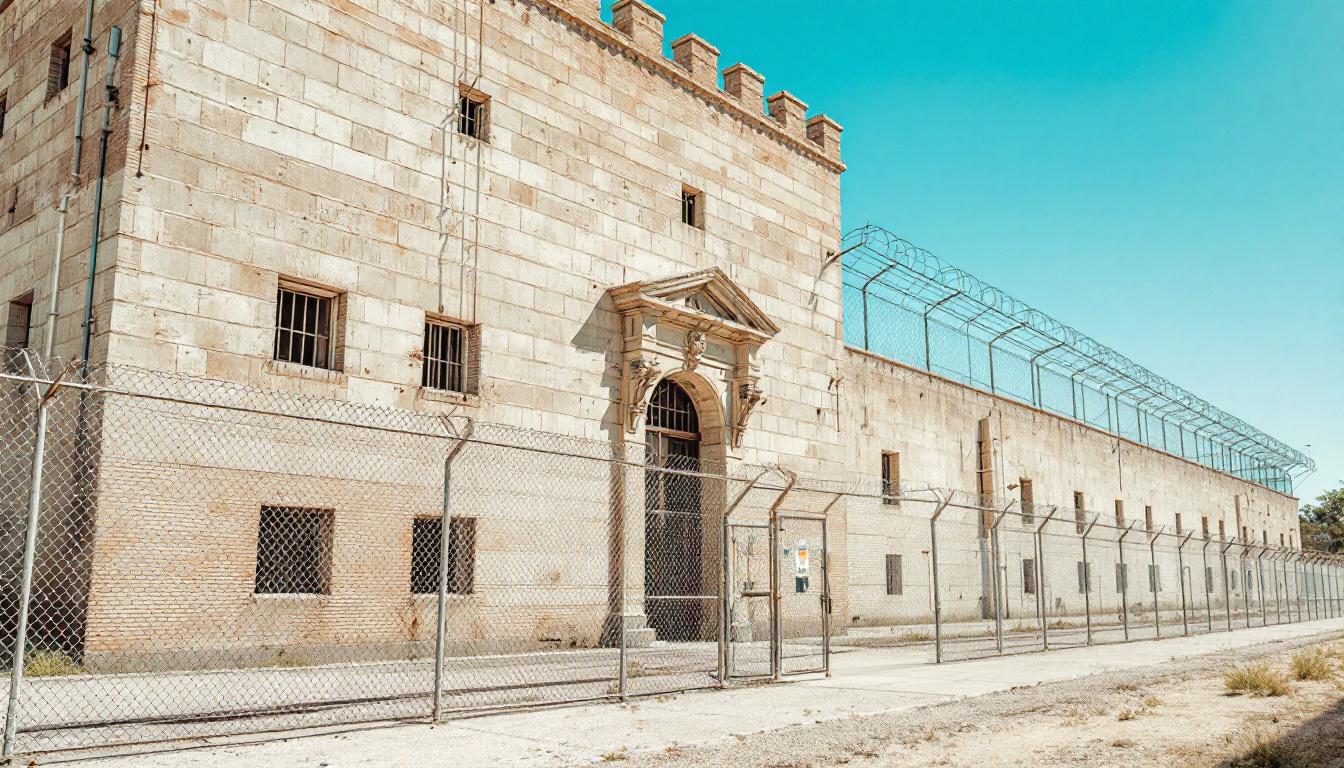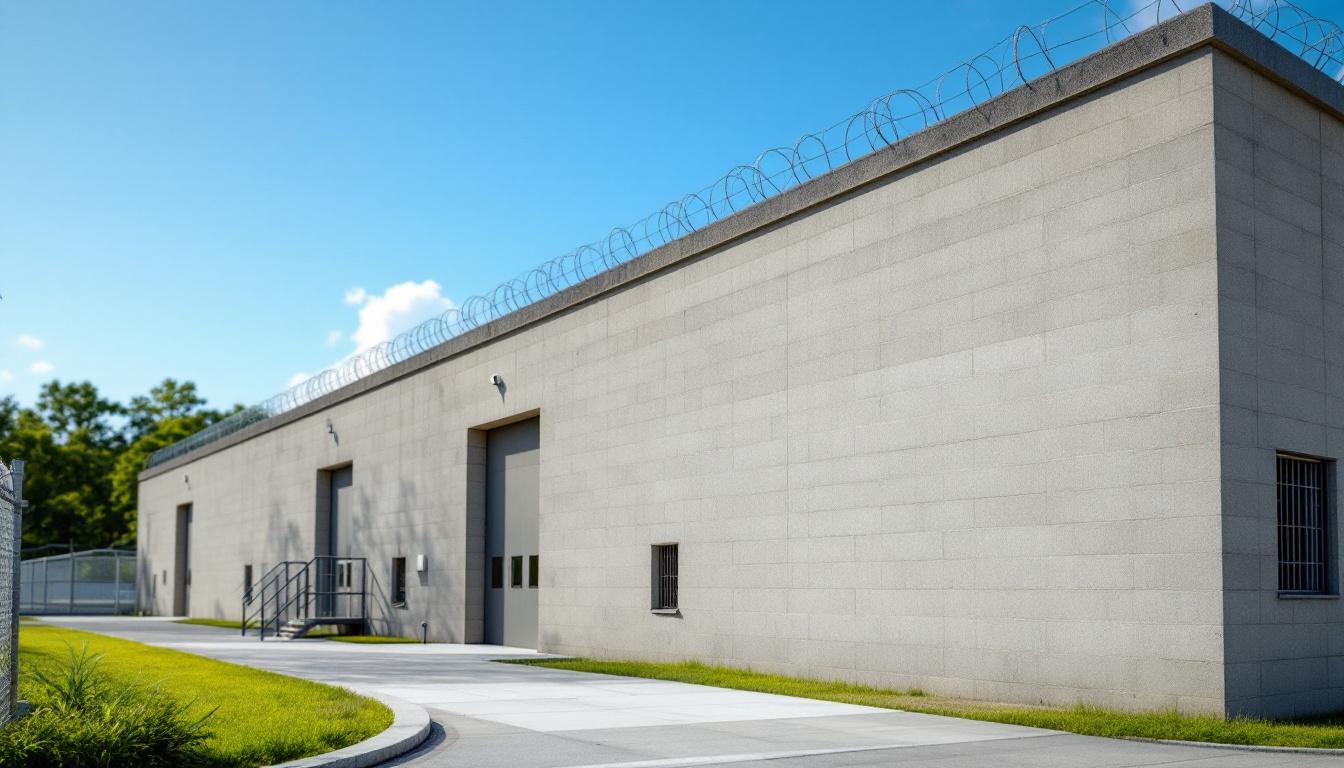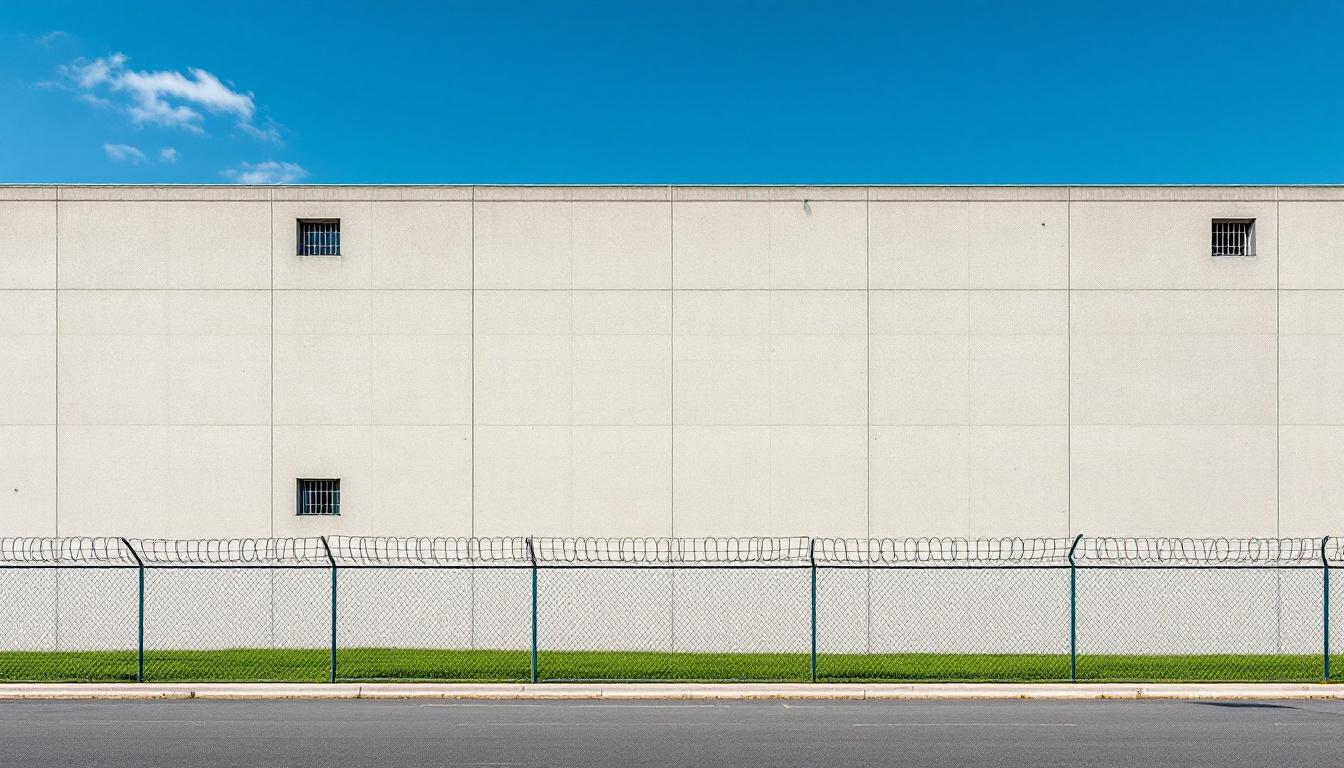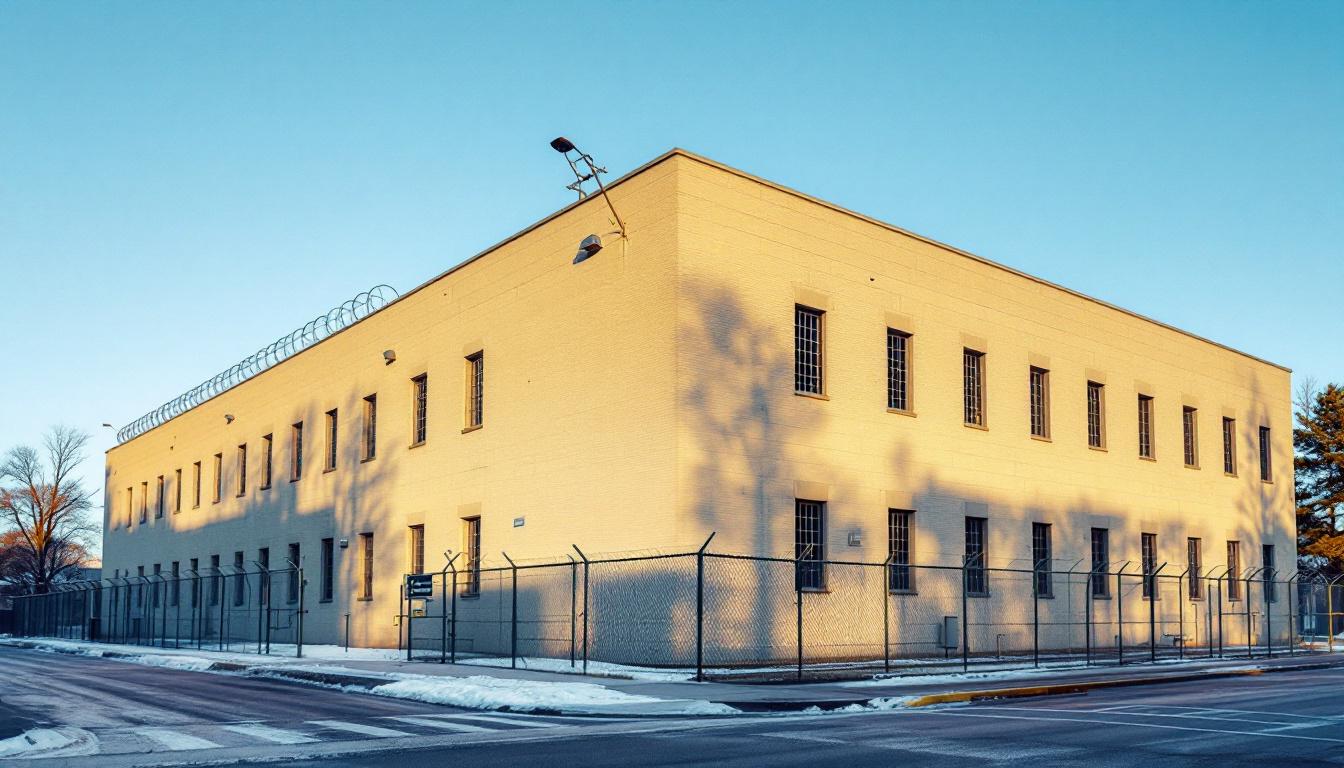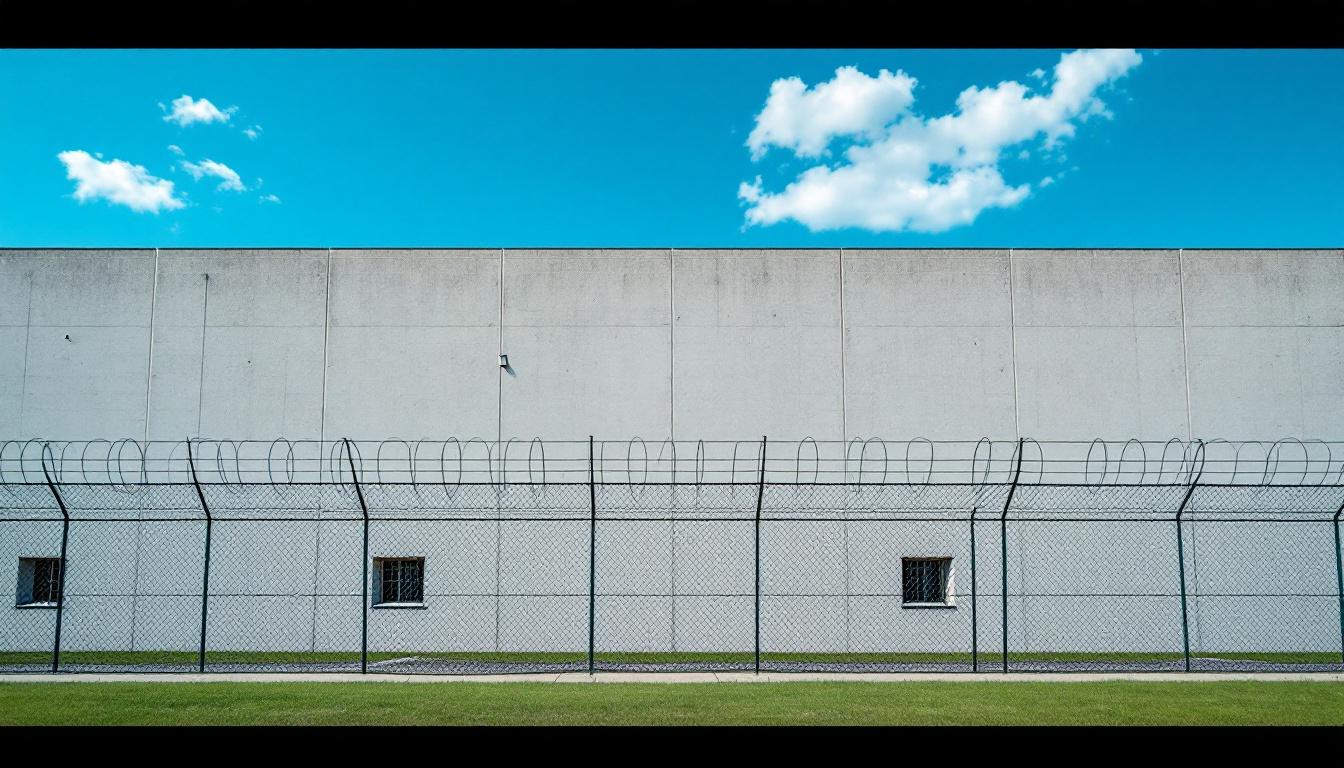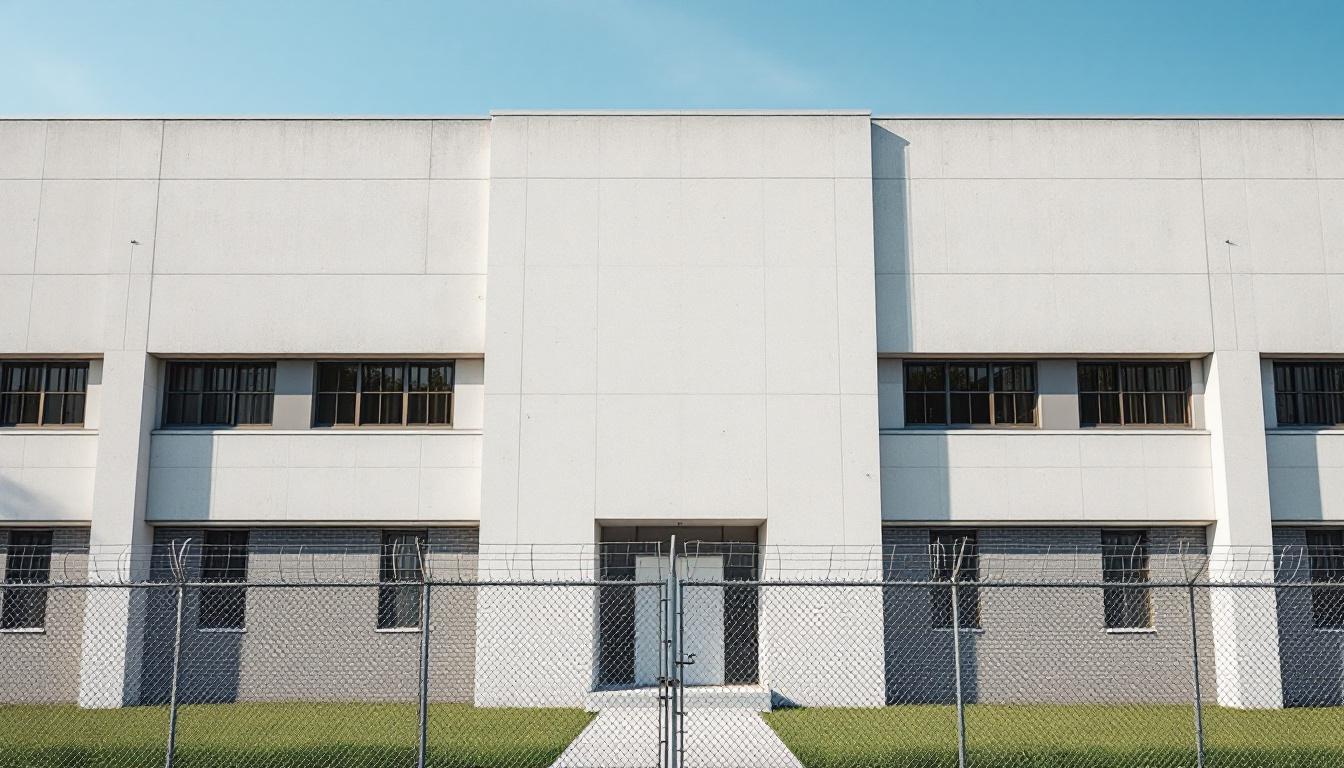
Quick Navigation
How to contact an inmate at Colfax County Detention Center
This comprehensive guide will walk you through how to connect with an inmate at Colfax County Detention Center. Follow the steps below to find an inmate and send letters and photos:
- Search for the inmate using our search tool below
- Create your account or log in to Penmate
- Write your message (up to 6,000 characters)
- Send instantly - inmates receive printed copies daily
Find an Inmate
Search for an inmate to start communicating today
Tip: You can search by first name, last name, or inmate ID number
To contact a person at Colfax County Detention Center start by searching for the person on the official facility website. Perform a search by following these steps:
- Step 1: Enter their first name and last name into the search form and click "Search"
- Step 2: Locate their inmate record
- Step 3: Write down their Inmate ID and any housing information provided
Important! Be sure to enter the person's full name. Nicknames should not be used.
How to Send Messages to Inmates

You can use your phone or computer to send emails, letters, and photos to an inmate. Messages are sent electronically to inmate tablets or kiosks at the facility. If you would like to send a message, start by searching for an inmate at Colfax County Detention Center.
Sending Photos and Postcards

A great way to send love and support to a loved one at Colfax County Detention Center is to send photos and postcards. It only takes a few minutes to send photos from your phone and it makes a huge difference. You can also mail postcards with words of support and inspiration, or design your own postcard for special moments like birthdays and holidays.
Important! Be sure not to send any explicit photos or they may not be approved by the facility. You can also use a photo printing app like Penmate to make sure your photos are printed at the correct size (4x6 or 3x5) and are mailed according to the rules and regulations of Colfax County Detention Center.
Frequently asked questions about Colfax County Detention Center
-
How long does it take to deliver a message?
If you're sending an email message your letter is usually delivered within 24-48 hours. For messages sent via mail you should expect delivery within 3-7 days. All messages will need be approved by Colfax County Detention Center.
-
How much does it cost to send a message to Colfax County Detention Center?
You can send a message free using your phone or mail a message via USPS for the price of a $0.60 stamp and envelope. You can also purchase credits or e-stamps from services starting at $1.99.
-
What services can I use to contact an inmate at Colfax County Detention Center?
Penmate
You can use Penmate to send letters and photos to an inmate from your phone. It's an easy way to stay in touch during your loved one's incarceration. Use the inmate locator to find an inmate's location and contact information, then you can send messages within a few minutes.
Securus messaging
Securus may be another option for communicating with an inmate at Colfax County Detention Center. You can create a friends and family account and purchase credits to send messages. All messages will be reviewed and must be approved by the facility.
JPay
Some county jails and state prisons may support sending messages with JPay. You must register an account with the system, find your loved one, and purchase stamps to send messages. For some locations you can also attach photos.
Smart Jail Mail
You may also check if Smart Jail Mail is available at Colfax County Detention Center. Smart Jail Mail is operated by Smart Communications and has contracted with some state and county jails. After purchasing credits, your messages and photos are sent to the facility, printed out, and then handed out to your loved one.
-
What is the mailing address of Colfax County Detention Center?
Mailing address:
Colfax County Detention Center
444 Hereford Ave
Raton, NM 87740
Phone: (575) 445-3691Business hours:
- Monday: 8:00 AM – 4:00 PM
- Tuesday: 8:00 AM – 4:00 PM
- Wednesday: 8:00 AM – 4:00 PM
- Thursday: 8:00 AM – 4:00 PM
- Friday: 8:00 AM – 4:00 PM
- Saturday: Closed
- Sunday: Closed
-
What are the visiting hours at Colfax County Detention Center?
Visiting hours at Colfax County Detention Center vary by housing unit and security level. Generally, visits are scheduled on weekends and holidays, with some facilities offering weekday visits. Contact the facility directly at (575) 445-3691 or check their website for the current visiting schedule. Visits typically last 30-60 minutes and must be scheduled in advance.
-
What items are prohibited when sending mail to Colfax County Detention Center?
Prohibited items typically include: cash, personal checks, stamps, stickers, glitter, glue, tape, staples, paperclips, polaroid photos, musical or blank greeting cards, hardcover books, magazines with staples, and any items containing metal or electronics. Only send letters on plain white paper with blue or black ink. Photos must be printed on regular photo paper (no Polaroids). Always check with Colfax County Detention Center for their specific mail policies.
-
How do I send money to an inmate at Colfax County Detention Center?
You can send money to an inmate at Colfax County Detention Center through several methods: 1) Online using JPay, Access Corrections, or the facility's approved vendor, 2) Money orders mailed directly to the facility with the inmate's name and ID number, 3) Kiosks located in the facility lobby, or 4) Over the phone using a credit or debit card. Fees vary by method, typically ranging from $2.95 to $11.95 per transaction.
-
Can I schedule a video visit with an inmate at Colfax County Detention Center?
Many facilities now offer video visitation as an alternative to in-person visits. At Colfax County Detention Center, video visits may be available through services like Penmate, Securus Video Connect, GTL, or ICSolutions. Video visits typically cost $10-20 for 20-30 minutes and must be scheduled in advance. You'll need a computer or smartphone with a camera and reliable internet connection. Contact the facility for their specific video visitation policies and approved vendors.
-
What identification do I need to visit an inmate at Colfax County Detention Center?
All visitors must present valid government-issued photo identification such as a driver's license, state ID, passport, or military ID. Minors must be accompanied by a parent or legal guardian who can provide the minor's birth certificate. Some facilities require visitors to be on the inmate's approved visitation list, which may require a background check. Contact Colfax County Detention Center for specific ID requirements and visitor approval procedures.
-
How can I find out an inmate's release date?
To find an inmate's release date at Colfax County Detention Center, you can: 1) Use the online inmate search tool if available, 2) Call the facility's records department, 3) Contact the inmate's case manager or counselor, or 4) Have the inmate provide this information during a call or visit. For privacy reasons, some facilities only release this information to immediate family members.
Facility Overview
Contact Information
Colfax County Detention Center444 Hereford Ave
Raton, NM 87740
Phone: (575) 445-3691
Official Website
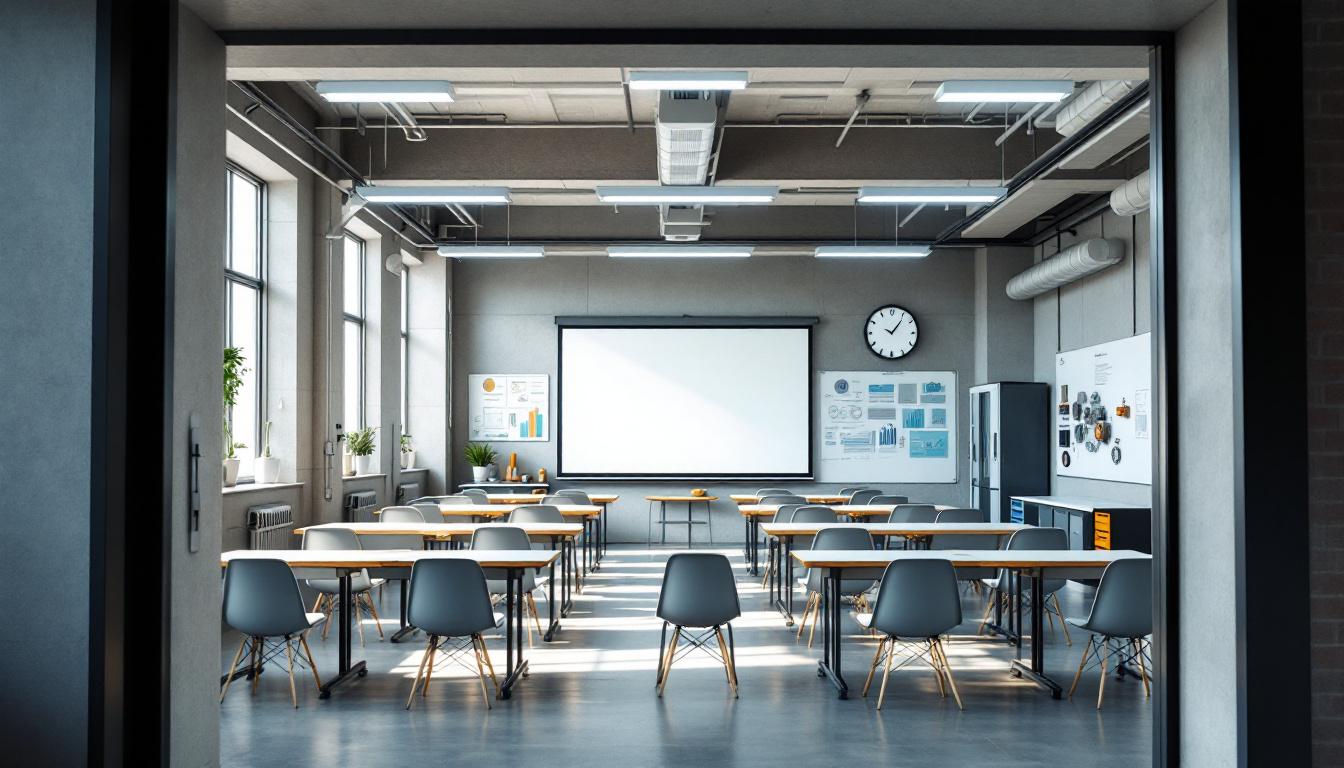
About Colfax County Detention Center
Community safety and support converge at Vigil-Maldonado Detention in Raton, NM, where this correctional facility serves as a vital component in New Mexico’s regional detention network. Positioned within the mountainous landscape of northeastern New Mexico, the facility typically houses individuals awaiting trial or serving shorter sentences, providing essential detention services that support the broader judicial process throughout the region. The NM correctional facility operates with a focus on maintaining secure custody while addressing the diverse needs of its inmate population through various support programs and services.
The detention center generally offers a range of basic services designed to address both immediate custody requirements and longer-term rehabilitation goals. Inmates services may include educational opportunities, substance abuse counseling, mental health support, and vocational training programs that help prepare individuals for successful reintegration into their communities. The facility typically maintains connections with local service providers and community organizations to ensure continuity of care and support networks that extend beyond the detention period. Medical care, legal access, and family visitation services are generally available to support both the physical and emotional well-being of those in custody.
As part of New Mexico’s correctional infrastructure, Vigil-Maldonado Detention plays an important role in the state’s approach to criminal justice and public safety. The facility often collaborates with other regional detention centers and correctional institutions to manage population levels and ensure appropriate placement of individuals based on their specific circumstances and needs. Staff typically work to maintain a secure environment while promoting rehabilitation and personal development opportunities that may help reduce recidivism rates and support successful community reentry for those completing their sentences.
Programs & Services
Personal transformation through structured intervention forms the cornerstone of rehabilitative services at Vigil-Maldonado Detention, where comprehensive programming addresses the multifaceted needs of inmates seeking meaningful change. The facility’s approach to development emphasizes evidence-based practices that foster accountability, skill acquisition, and behavioral modification through carefully coordinated service delivery. This systematic framework recognizes that successful reintegration requires addressing educational deficits, vocational limitations, and underlying behavioral patterns that may have contributed to criminal involvement.
Educational services typically encompass basic literacy instruction, General Educational Development (GED) preparation, and continuing education opportunities designed to enhance academic competencies and critical thinking skills. These foundational programs often complement vocational training initiatives that may provide hands-on instruction in marketable trades and technical skills relevant to local employment markets. The integration of educational and vocational components creates pathways for inmates to develop both intellectual capacity and practical expertise, establishing a dual foundation for post-release success and economic stability.
Therapeutic communities within the facility may offer structured environments where inmates engage in intensive behavioral modification through peer support and professional guidance. Also available are anger management services that typically focus on developing emotional regulation techniques and conflict resolution strategies through group sessions and individual counseling. Chaplaincy programs often provide spiritual guidance and moral development opportunities, while mentoring programs may connect inmates with positive role models who offer ongoing support and practical advice for navigating personal challenges and maintaining positive behavioral changes throughout their incarceration and beyond.
Daily Life & Visitation
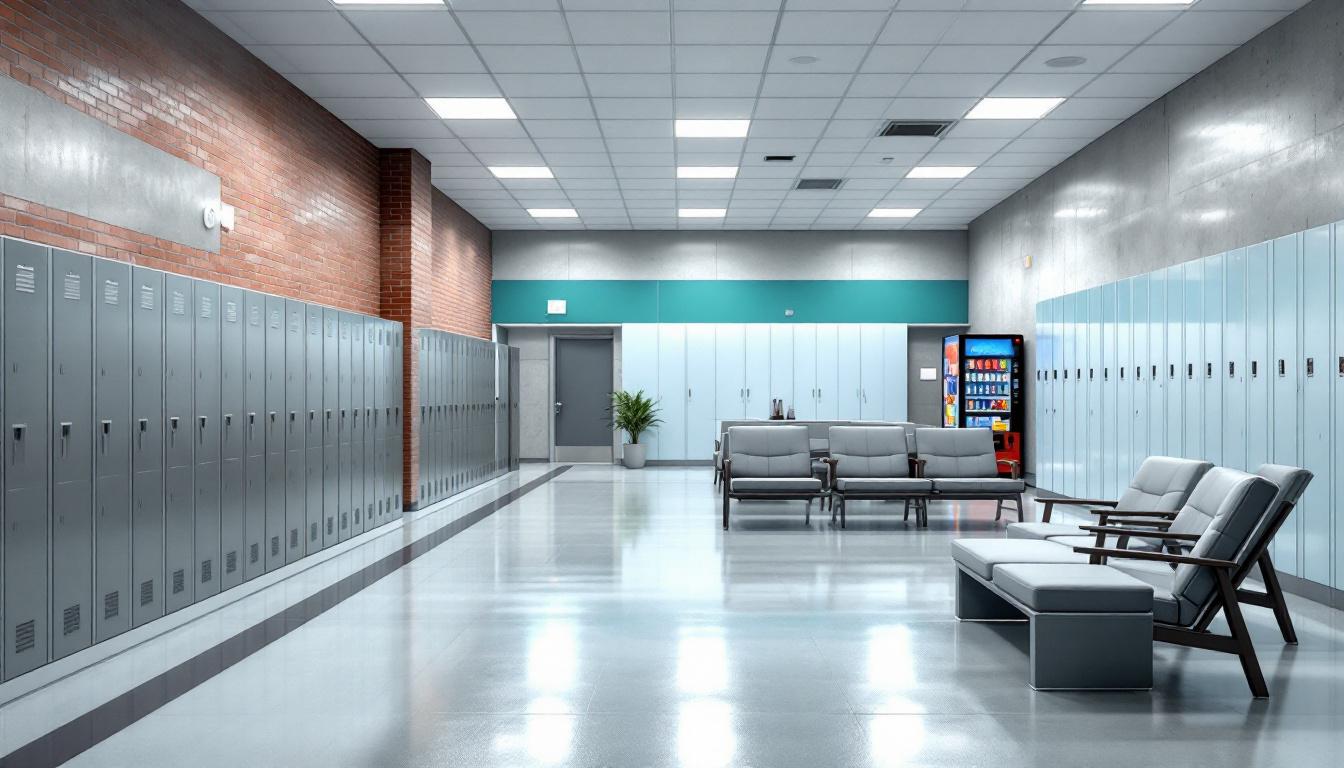
The concrete walls and institutional lighting of the housing units create an environment where inmates must quickly learn to navigate both the physical constraints and social dynamics of detention life. At present, the facility operates on a structured schedule that begins before dawn with count procedures, followed by breakfast service and the gradual opening of various areas for daily activities. Inmates actively participate in maintaining this routine, understanding that consistency provides a framework for managing the challenges of confinement.
Housing accommodations typically consist of shared cells or dormitory-style units, where inmates learn to respect personal space and establish boundaries within limited square footage. The dining hall serves meals at designated times throughout the day, with inmates generally eating in shifts to accommodate the facility’s population. Personal property allowances may include basic hygiene items, approved clothing, and limited personal effects, while commissary services typically provide additional food items and necessities that inmates can purchase with funds from their accounts.
Also available are recreational opportunities that often include outdoor exercise periods, television viewing in common areas, and various indoor activities that help break up the monotony of institutional life. However, these privileges generally depend on good behavior and facility operations. Visitation policies typically allow for scheduled visits with family members and approved contacts, while phone access and mail services provide additional means of maintaining connections with the outside world. Work assignments within the facility may include kitchen duties, cleaning responsibilities, and maintenance tasks that provide structure and, in some cases, small wages that inmates can use for commissary purchases or other approved expenses.
Ready to Connect?
Start communicating with your loved one today
Search for an Inmate
